Wild canines are fascinating creatures, but they’re not all cuddly, friendly companions like your pet dog. Some of these wild species are equipped with formidable hunting skills and survival instincts that make them downright deadly. While it’s exciting to learn about them from a safe distance, it’s important to remember that these canines are best admired in their natural habitats—without getting too close for comfort.
1. African Wild Dog
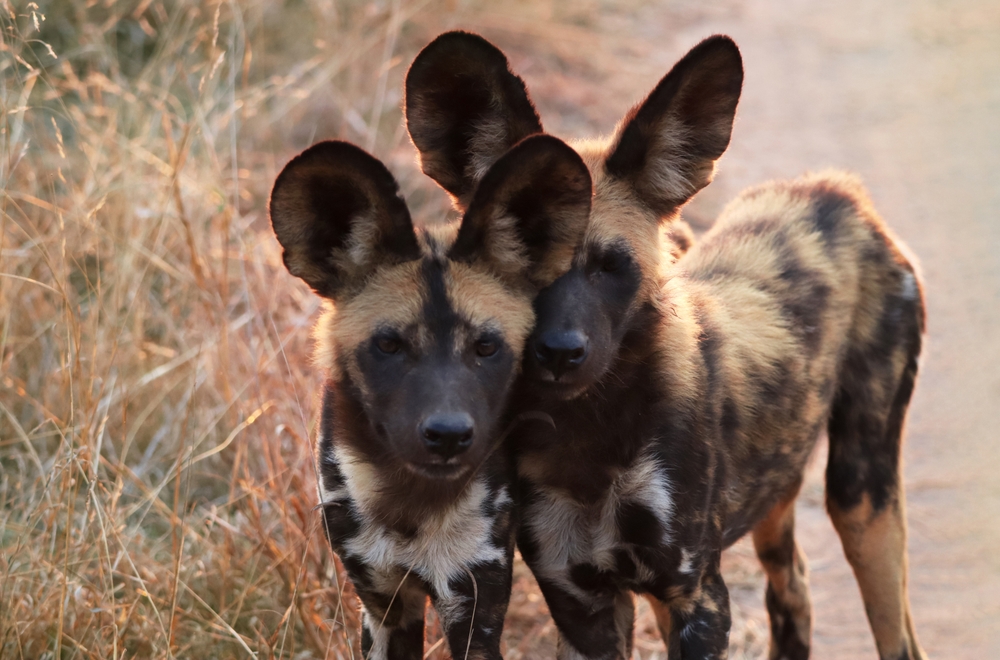
Meet the African Wild Dog, a master of teamwork and efficiency. Known for their incredible pack dynamics, these canines hunt in large groups, coordinating seamlessly to take down prey that may be much larger than they are. Their hunting success rate is astonishingly high, often cited as the most effective among large carnivores. It’s not just about brute force—African Wild Dogs rely on strategy and stamina, often chasing down prey over long distances until exhaustion sets in. They communicate using a series of vocalizations, ensuring that each pack member knows their role in the hunt. According to PBS Nature, African wild dogs have a hunting success rate of around 80%, which is higher than other predators like lions and leopards.
But don’t let their hunting prowess overshadow their social nature. African Wild Dogs are incredibly loyal to their packs, caring for sick or wounded members and showing affectionate behaviors. Unfortunately, their populations are dwindling due to habitat loss and human conflict. While they may be deadly in the wild, they’re also a reminder of the delicate balance that exists in ecosystems.
2. Gray Wolf
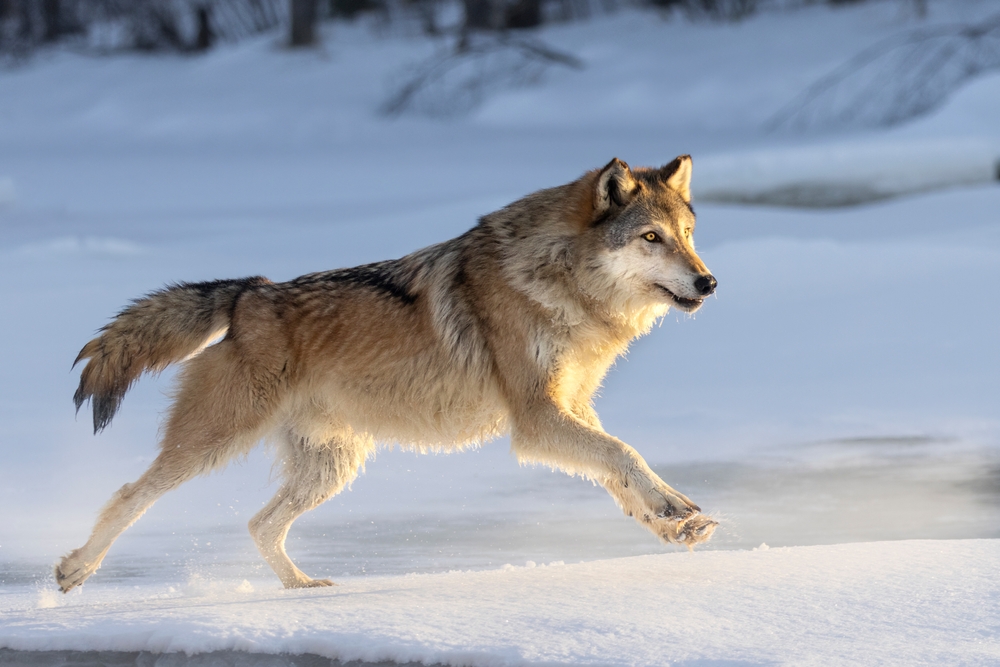
Next up, the iconic Gray Wolf, a species that has captured the imagination of humans for centuries. Their haunting howls are a staple of folklore, but these animals are much more than mythical figures. Gray Wolves are apex predators, using their intelligence and pack strategies to hunt various prey, from small mammals to large ungulates like deer and elk. They are territorial creatures, often covering vast areas to find food and protect their packs.
Wolves communicate with each other through a complex system of vocalizations, body language, and scent marking, showcasing their remarkable social structures. Their pack loyalty is admirable, with a hierarchy that ensures the survival and well-being of the group. Despite their fierce reputation, wolves are cautious and often avoid human contact. Conservation efforts are ongoing to ensure that these majestic creatures continue to roam the wild landscapes they call home.
3. Coyote
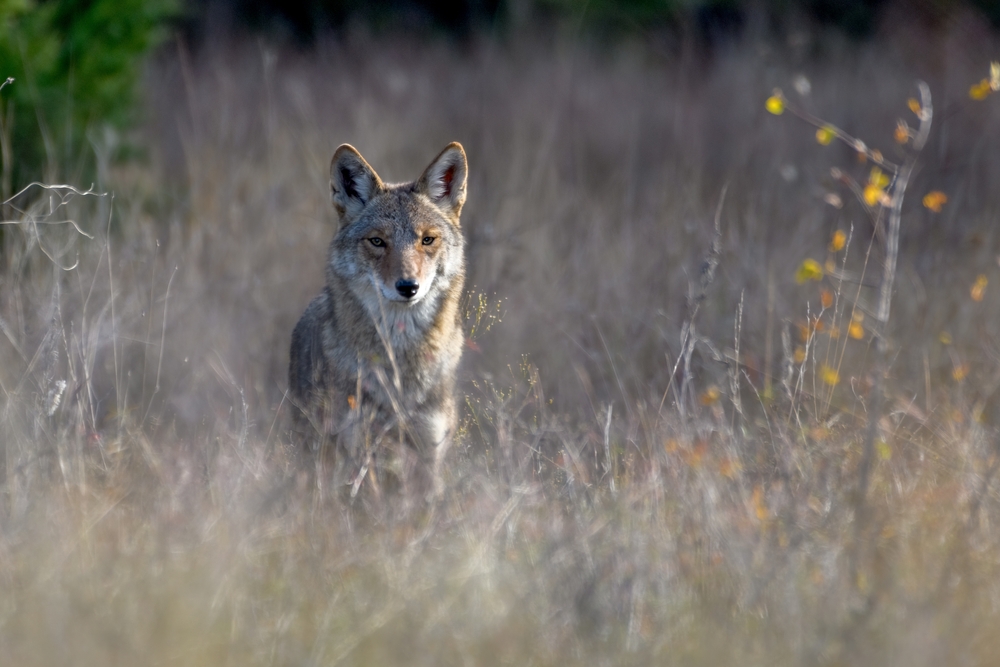
Enter the coyote, a wild canine that embodies adaptability and resilience. Found across North America, coyotes have thrived in various environments, from deserts to urban areas. They are opportunistic feeders, consuming everything from rodents and birds to fruits and garbage. Their ability to adapt to changing conditions has made them one of the most successful canines, often seen as both a nuisance and a marvel.
Coyotes are known for their cunning and intelligence, traits that have helped them survive in the face of human expansion. They communicate with each other through a series of vocalizations, including yips, barks, and howls, which can often be heard echoing through the night. Despite their adaptability, coyotes face numerous threats, including habitat destruction and hunting. Understanding their role in the ecosystem is crucial to balancing human-wildlife interactions.
4. Dingo
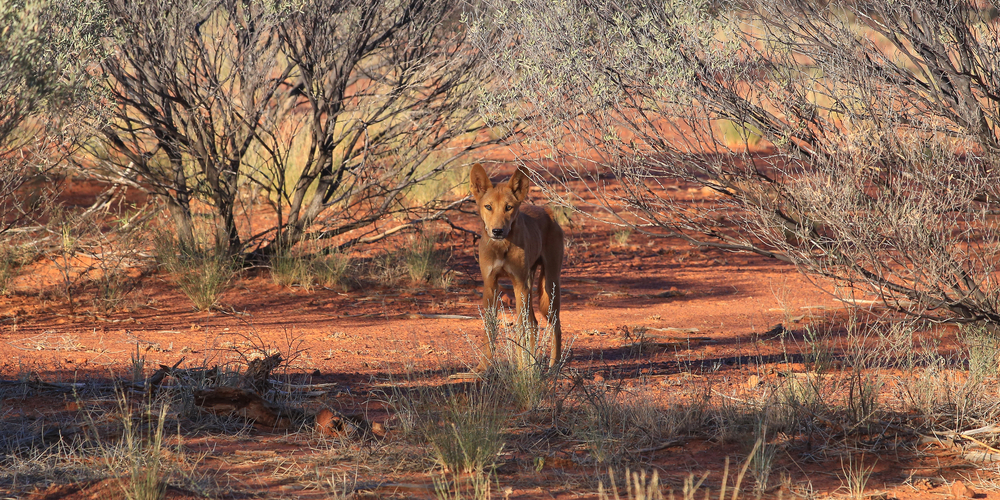
Australia’s dingo is a canine that’s as enigmatic as it is fascinating. These animals are thought to have arrived on the continent thousands of years ago, adapting to Australia’s diverse environments. Dingoes are skilled hunters, often working together to take down prey such as kangaroos, rabbits, and birds. Their hunting techniques are impressive, relying on stealth and speed to capture their meals.
Dingoes are highly intelligent and exhibit complex social behaviors, often living in family groups. They are known for their distinctive vocalizations, using howls, growls, and barks to communicate with each other. As native predators, they play a vital role in controlling the populations of other animals. However, their interactions with humans and domestic animals have led to controversy and conflict, highlighting the need for careful management and conservation.
5. Ethiopian Wolf
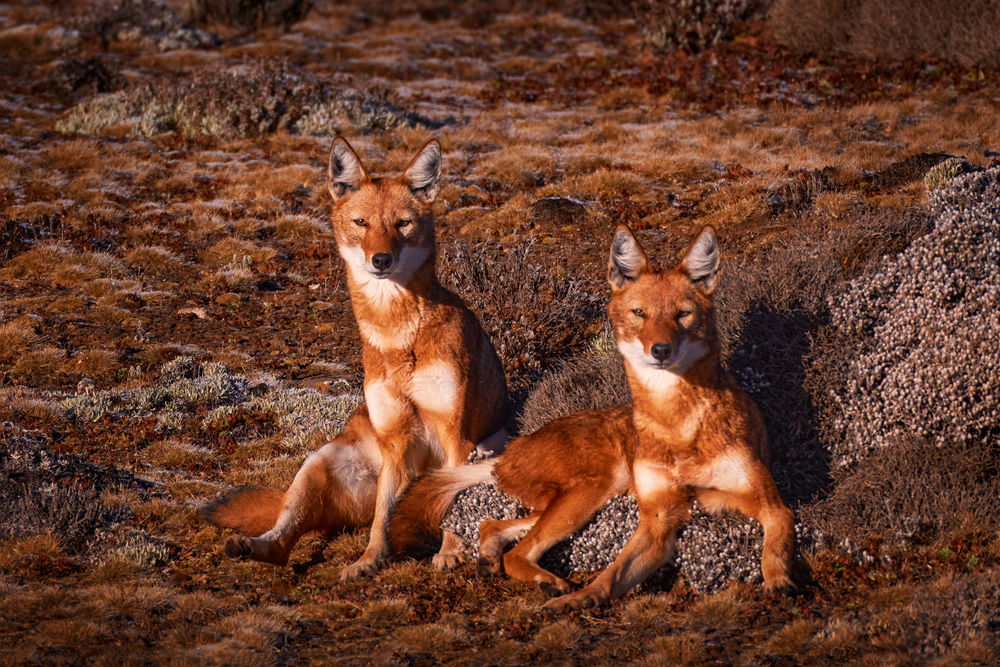
The Ethiopian Wolf stands out as the world’s rarest canid, found only in the highlands of Ethiopia. These striking animals are social creatures, living and hunting in packs. They primarily feed on rodents, using their long legs and keen senses to stalk and capture their prey in the alpine meadows. Unlike other canines, Ethiopian Wolves have a specialized diet, making them vulnerable to changes in their habitat. According to the Ethiopian Wolf Conservation Programme, the Ethiopian wolf is Africa’s most endangered carnivore and the world’s rarest canid, with only about 500 individuals remaining in the wild.
Their packs are tightly knit, with complex social structures that ensure the survival of their young. Ethiopian Wolves communicate with a range of vocalizations, including high-pitched calls that can be heard over long distances. Despite their adaptability, they face significant threats from habitat loss and disease, prompting urgent conservation efforts to protect this unique species. Their survival is a testament to the resilience and fragility of wildlife in a changing world.
6. Maned Wolf
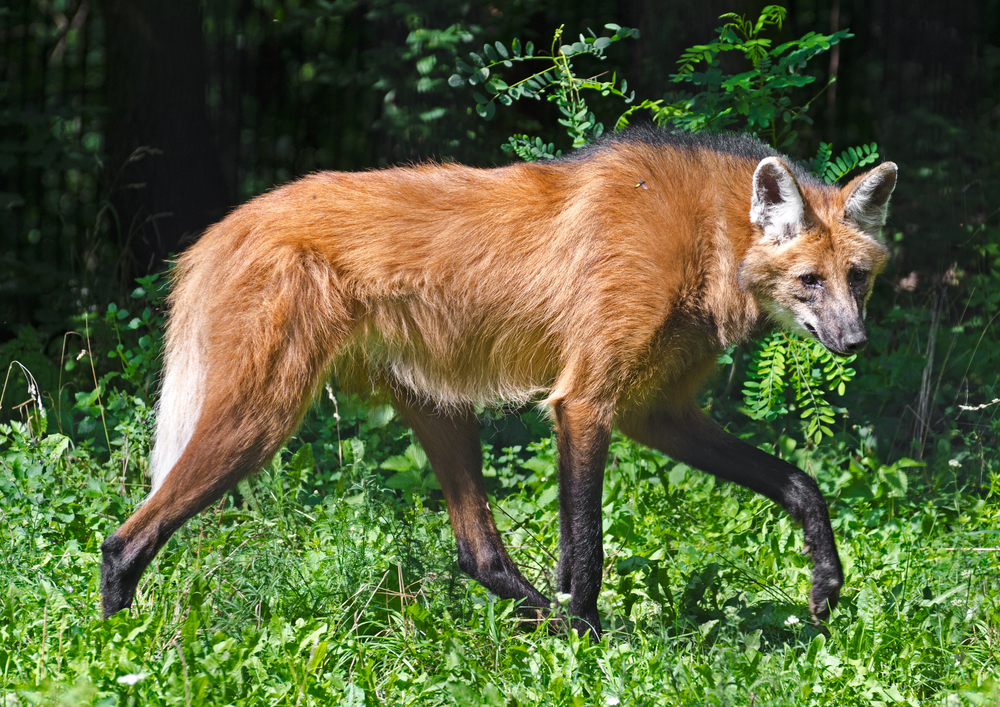
Meet the Maned Wolf, a canine that defies expectations with its unique appearance and behaviors. Native to the grasslands of South America, these wolves are known for their long legs and striking red fur. Unlike their pack-dwelling relatives, Maned Wolves are solitary creatures, hunting alone for small mammals, birds, and fruit. Their diet is diverse, reflecting the variety of their habitat.
Maned Wolves are more than just predators; they play a crucial role in their ecosystem by spreading seeds through their fruit consumption. Their vocalizations are distinctive, featuring a loud, bark-like call known as a “roar-bark.” While they may appear intimidating, Maned Wolves are generally shy and avoid human contact. Conservation efforts are crucial to preserving their habitats and ensuring their continued presence in the wild.
7. Jackal
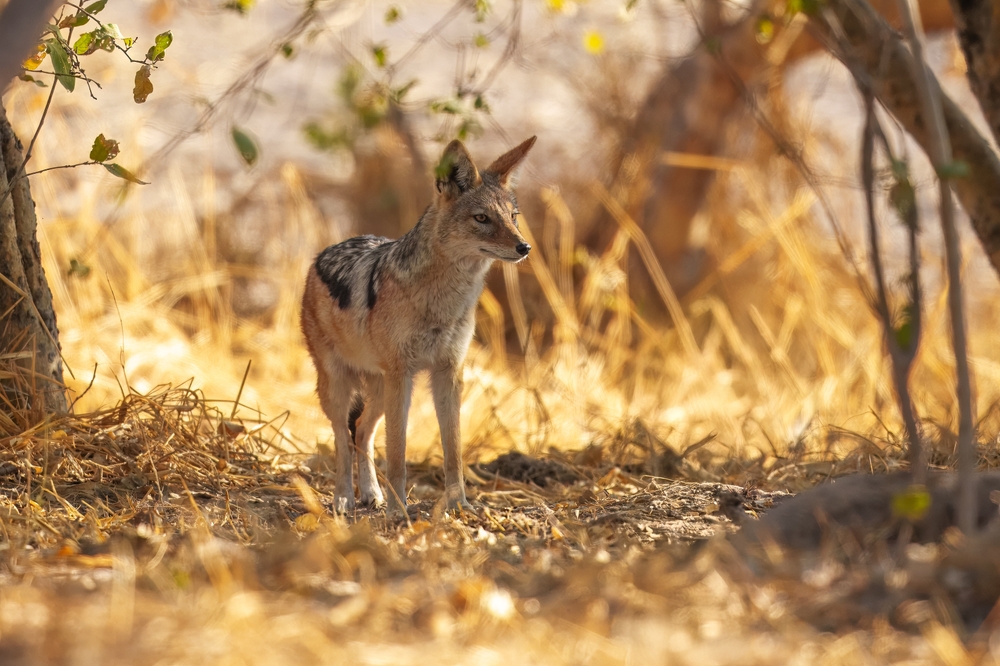
The jackal is a versatile wild canine known for its resourcefulness and adaptability. Found across Africa, Europe, and Asia, jackals are opportunistic feeders, consuming a wide range of foods, including small mammals, birds, and carrion. Their keen senses and agile movements make them effective hunters, capable of surviving in various environments, from deserts to forests.
Jackals are social animals, often living in monogamous pairs or small family groups. They communicate using a series of vocalizations, including howls, barks, and yips, which help them coordinate their activities and defend their territories. Despite their adaptability, jackals face threats from habitat loss and human-wildlife conflict. Understanding their ecological role is essential to ensuring their survival in the wild.
8. Dhole
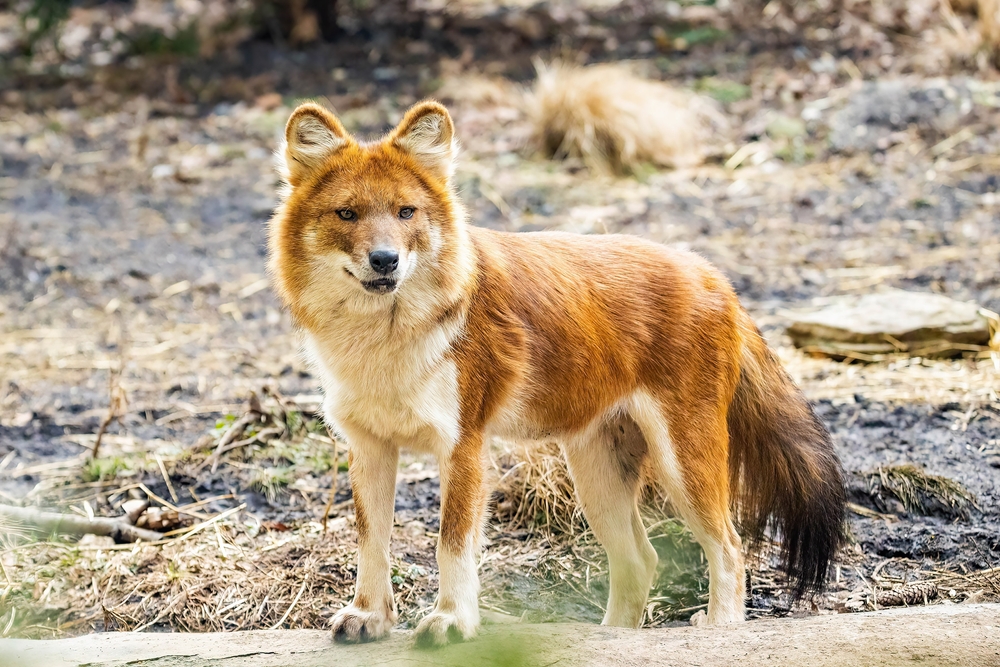
Say hello to the dhole, an Asian wild dog known for its pack dynamics and hunting prowess. These canines are highly social, living in cohesive packs that work together to bring down large prey such as deer and wild boar. Dholes are known for their stamina and strategic hunting techniques, often pursuing prey over long distances until they catch it.
Dholes communicate using a range of vocalizations, including whistles, barks, and growls, which help them coordinate during hunts and maintain social bonds. They are skilled swimmers and can adapt to various environments, from dense forests to open plains. Despite their adaptability, dholes face significant threats from habitat loss, disease, and competition with other predators. Conservation efforts are crucial to ensuring the survival of these remarkable canines.
9. Red Fox
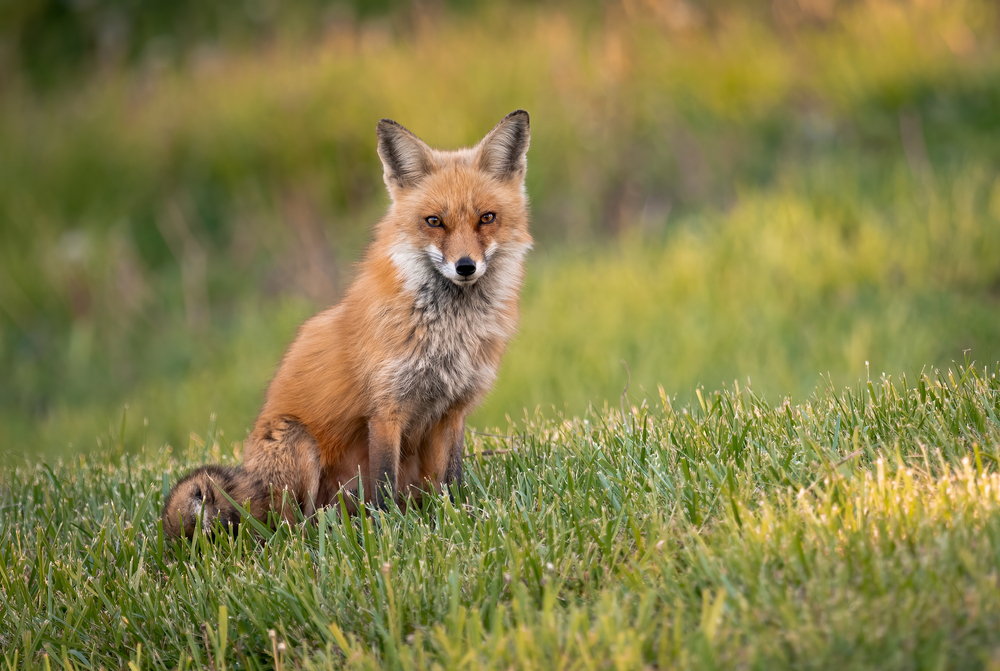
The Red Fox is a wild canine that has captured the hearts of many with its cunning and adaptability. Found across the Northern Hemisphere, Red Foxes are versatile hunters and scavengers, feeding on a variety of foods, including small mammals, birds, insects, and fruits. Their keen senses and agile movements make them effective predators, capable of thriving in diverse environments, from rural to urban areas.
Red Foxes are solitary animals, typically only coming together during the breeding season. They communicate with a range of vocalizations, including barks, screams, and howls, which help them maintain social bonds and defend their territories. Despite their adaptability, Red Foxes face threats from habitat loss and human-wildlife conflict. Understanding their ecological role is essential to ensuring their survival in the wild.
10. Bush Dog
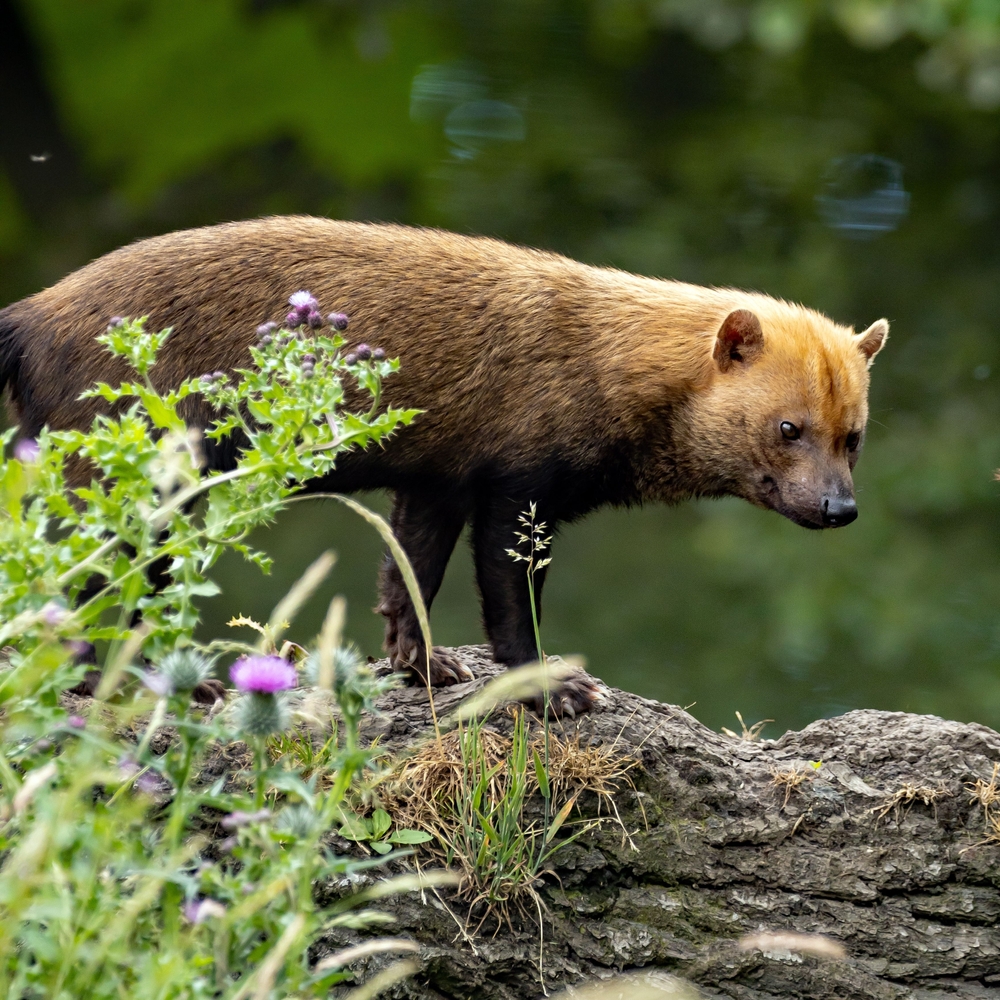
Last but not least, meet the Bush Dog, a small but formidable wild canine native to Central and South America. These canines are known for their unique appearance and social behaviors, often living in family groups that work together to hunt and care for their young. Bush Dogs are skilled hunters, preying on small to medium-sized mammals, including rodents and birds.
Their vocalizations include high-pitched barks and whistles, which help them communicate and coordinate during hunts. Despite their adaptability, Bush Dogs face significant threats from habitat loss and disease, prompting urgent conservation efforts to protect this unique species. Understanding their ecological role is essential to ensuring their survival in the wild.
